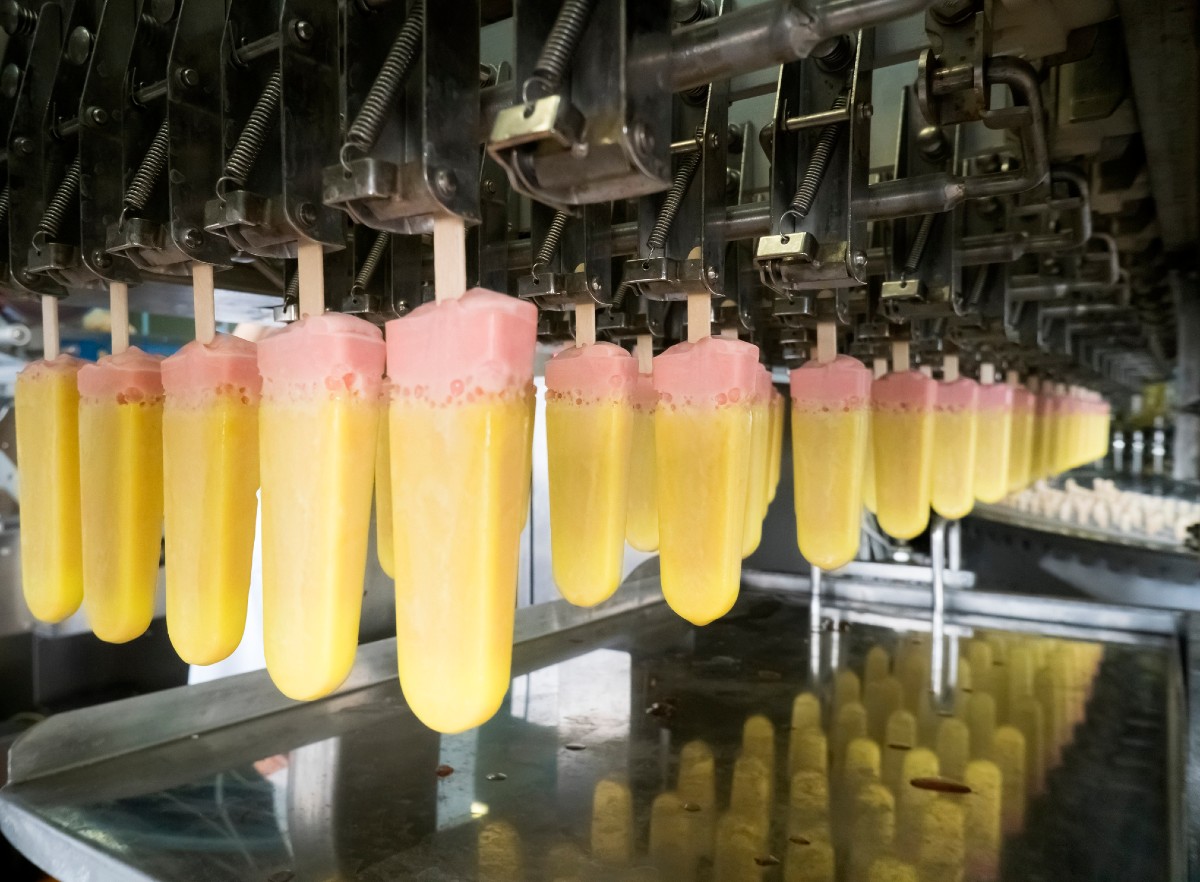AI and machine learning aren’t just a nice-to-have capabilities — rather a must for CPG companies to conquer the new normal.
The pandemic transformed the marketplace by breaking established buying patterns and introducing persistent economic uncertainty. As consumer packaged goods (CPG) companies struggle to manage change in the COVID-19 era and plan for a post-pandemic future, farsighted company leaders are recognizing that it will take a combination of big data and advanced technologies like AI and machine learning to respond effectively to changing marketplace conditions.
This realization has given new urgency to digital transformation efforts. Thriving and growing in the new normal will require technology that allows companies to predict the future with real-time signals that convey important insights on market disruptions and innovation. It will also require a granular understanding of consumer behavior. Future success also hinges on the ability to make decisions at speed to respond to rapidly changing markets.
CPG companies can acquire these critical capabilities by using their internal data sources effectively and augmenting them with additional information from external sources, including survey data, social media and foot traffic data, patents, annual reports and other information, aggregated and processed to identify potential market shifts. They can leverage technology capable of crunching massive amounts of data to deliver real-time recommendations.
Companies can also work with vendors with a proven track record of delivering value that allows CPG partners to outmaneuver competitors and develop internal expertise to extend value across the enterprise. The competitive field is being set now, and the CPG companies that plan to win in the post-pandemic world are using digital transformation to gain a lasting advantage.
Marketplace Factors Will Continue to Shift for the Foreseeable Future
Because the prevalence of COVID-19 infections isn’t distributed evenly across regions, economic recovery is accelerating in some areas and lagging in others. Factors like regional predominance of ethnic groups come into play since some groups are hit harder by the pandemic than others. The measures local governments are taking to contain the spread are another factor, as is how broadly regional populations accept wearing face coverings and social distancing.
The variables mean companies have to model scenarios across their portfolio and make plans that account for all of these factors to understand an evolving marketplace. The pandemic has resurged in some areas where it was thought to be contained, while in other regions, the rate of positive cases is low enough that life has returned to some semblance of normal, with stores and restaurants open at full or partial capacity.
The economic fallout of the pandemic also affects consumer demand. The U.S. had historically low unemployment before the pandemic caused massive job losses. COVID-19 caused a volume of job losses not seen since the Great Depression. Economic reopening in some areas stemmed job losses, but the labor market remains volatile, and that has direct implications for consumer demand.
Creating a “Digital Twin” to Understand Recovery Patterns
To manage change in an uncertain environment, Absolutdata recommends building a “digital twin” framework of consumers/stores/counties that illustrates how the entities functioned before and during the pandemic. Creating online replicas will require data from a broad array of sources to understand how the digital twin is affected by economic and marketplace changes.
With a digital twin framework, CPG companies can create models on how digital twins might react to external macroeconomic factors (unemployment, for example) or micro-factors like spending, consumer ethnicity patterns, etc. They can then model scenarios that might speed or delay recovery and map out actions to take in each scenario.
The digital twin must be robust to yield actionable insights, incorporating data on demographics, public health, buying behavior, geography, cellphone usage, unemployment statistics, etc., by area. With this data and AI/machine learning assets, companies can gain insight into what recovery will look like at various levels, how demand curves can change and how buying patterns play out in the post-pandemic world. That’s how CPG companies can position themselves for success in the months and years to come.
Related Absolutdata products and services: AI & Data Sciences, NAVIK AI Platform, NAVIK MarketingAI































